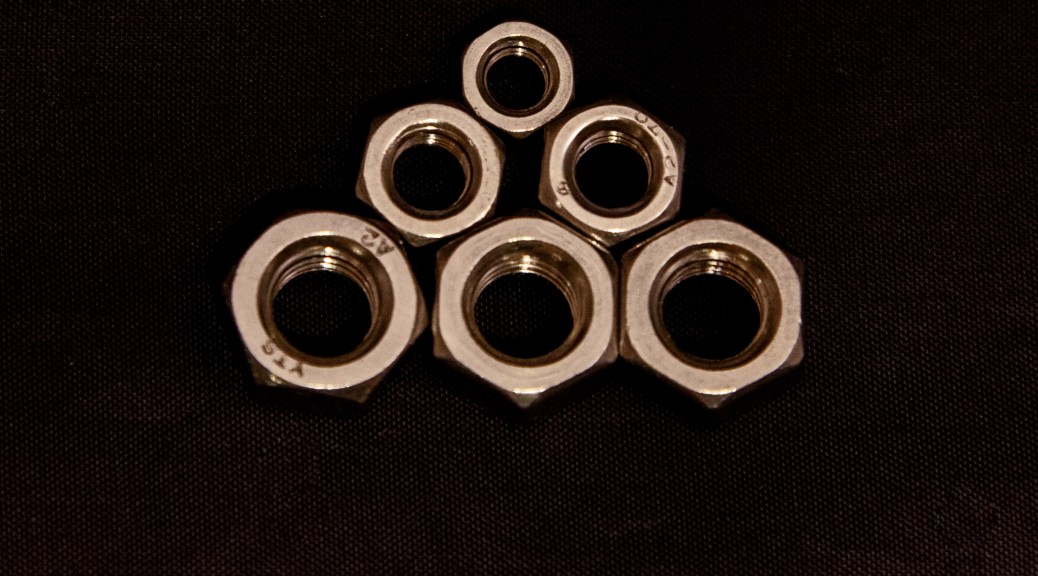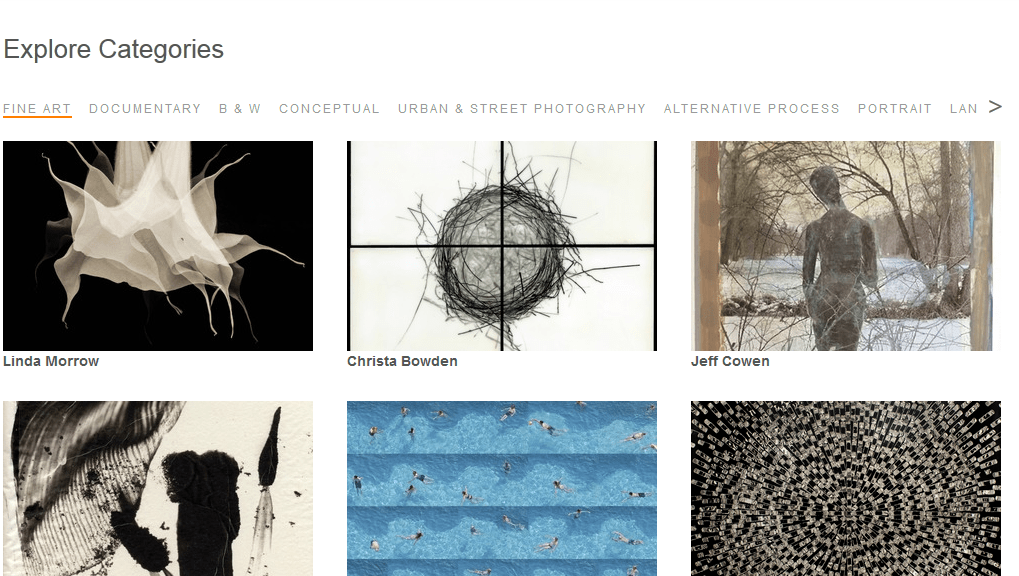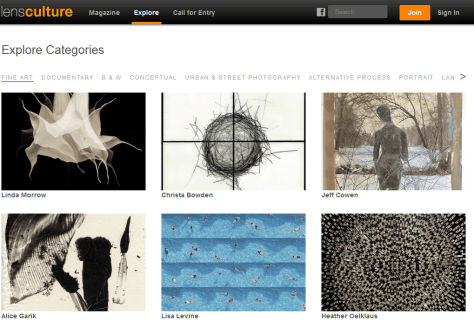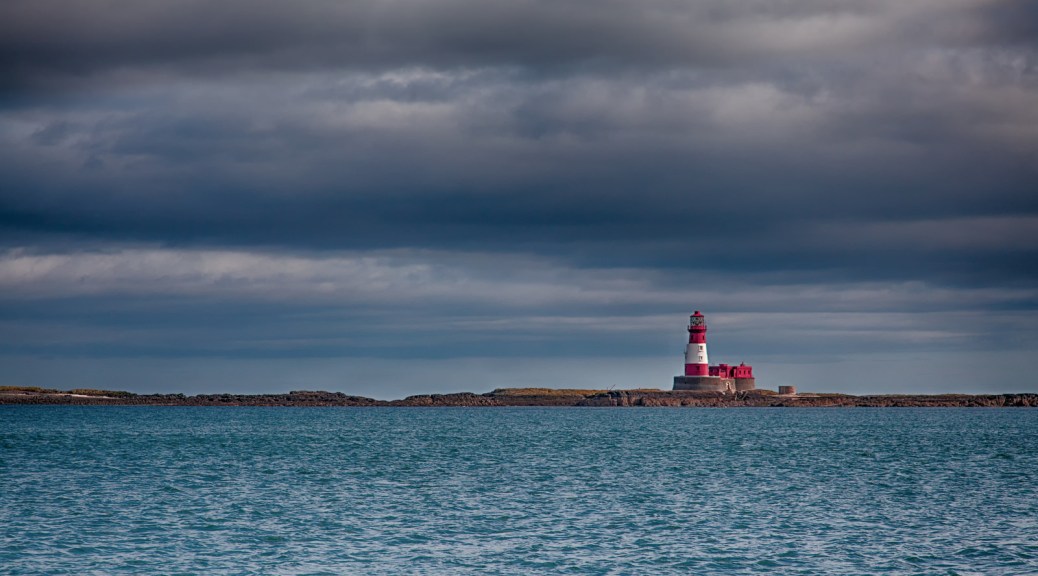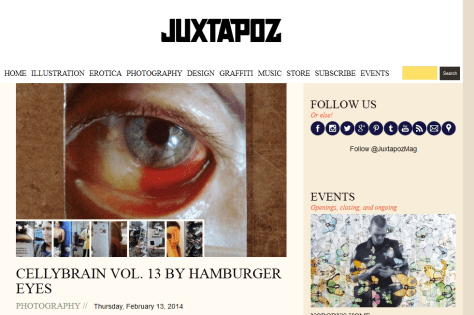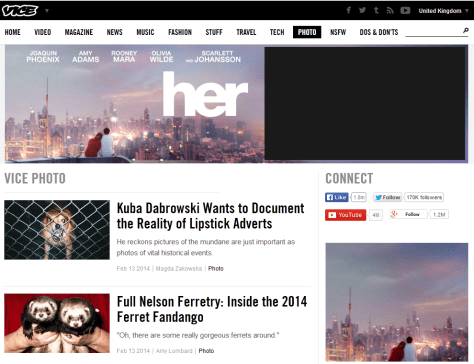In December 2012 I went to the Seduced by Art exhibition at the National Gallery. The exhibition explores early photography from the mid-19th century and the most exciting contemporary photographs, alongside historical painting. It takes a look at how photographers use fine art traditions, including Old Master painting, to explore and justify the possibilities of their art. The comparisons were quite strikingly accurate even considering modern styles and techniques. 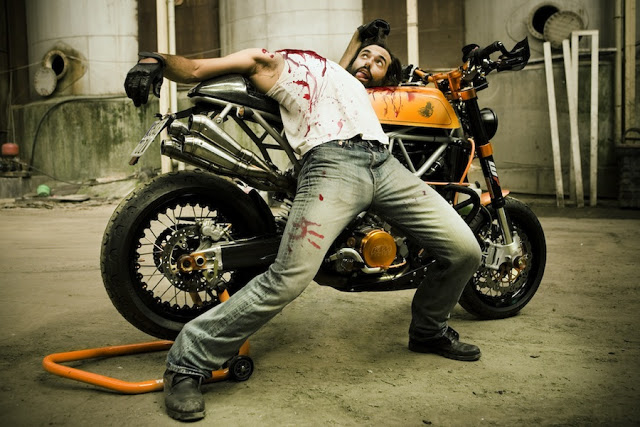 I have two main interest in life photography and motorcycles and there are a lot of us out there , based on the number of blogs I find that are about this pairing. So today I found a blog showcasing a photographer combining not only photography and motorcycles but adding into the mix “Old Master” style paintings – have a look here and some more work of Madrid based photographer Kristina Fender.
I have two main interest in life photography and motorcycles and there are a lot of us out there , based on the number of blogs I find that are about this pairing. So today I found a blog showcasing a photographer combining not only photography and motorcycles but adding into the mix “Old Master” style paintings – have a look here and some more work of Madrid based photographer Kristina Fender.
Category Archives: Learning Log
My learning log for the OCA courses.
LensCulture
Gestalt Law
I keep finding references to Gestalt elements in the design and composition of images.
Gestalt is a psychology term which means “unified whole”. It refers to theories of visual perception developed by German psychologists in the 1920s. These theories attempt to describe how people tend to organize visual elements into groups or unified wholes when certain principles are applied.
These principles are:
- Similarity – Similarity occurs when objects look similar to one another. People often perceive them as a group or pattern.
- Continuation – Continuation occurs when the eye is compelled to move through one object and continue to another object.
- Closure – Closure occurs when an object is incomplete or a space is not completely enclosed. If enough of the shape is indicated, people percieve the whole by filling in the missing infomation.
- Proximity – Proximity occurs when elements are placed close together. They tend to be perceived as a group.
- Figure and Ground – The eye differentiates an object form its surrounding area. a form, silhouette, or shape is naturrally perceived as figure (object), while the surrounding area is perceived as ground (background).Balancing figure and ground can make the perceived image more clear. Using unusual figure/ground relationships can add interest and sublety to an image.
Doing research for design for this section I found this presentation for website designers on Slideshare that has many items to consider as it is the same visual language to create any image;
Also these links give further outlines :
Daydreaming about the good times?
Taken from the OCA Blog – Paul Reas exhibition at retrospective “Daydreaming about the good times? – 1972 – 2012 shown at Impressions Gallery in December 2013
Juxtapoz Magazine
Vice
Food Photography
As part of the preparation work for my second assignment for The Art of Photography module I have been researching photographers specialising in food photography and others who include it in their body of work.
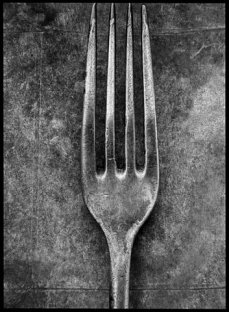
The first maybe seen as a bit strange , but I own the Marco Pierre White cook book, “White Heat” for the simple reason the photography is by that late great Irishman Bob Carlos Clarke. even the cutlery looks cool in this book.
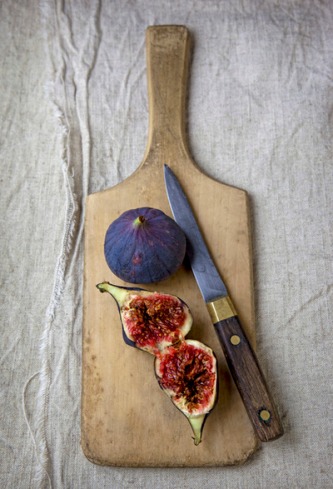
I have also been looking into the work of Tim Clinch after following his column in B+W Photography magazine for several months. As a specialist food photographer it is interesting to see how he sets shots up, the use of props, contrast of texture and colour and how he also translates the techniques he uses to illustrate books to his personal monochrome work.
http://timclinch.prosite.com/54452/437117/home/food

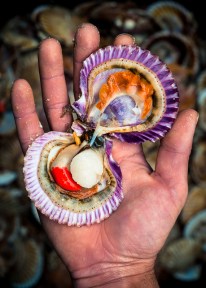
A whole smorgasbord or cornucopia of inspiration can be found on the site for the Pink Lady food photographer of the year competition site.
http://www.pinkladyfoodphotographeroftheyear.com/

Another one for the mood board – shapes – items arranged in shapes and curves.
Minimalist

Active – movement creates shapes and forms.
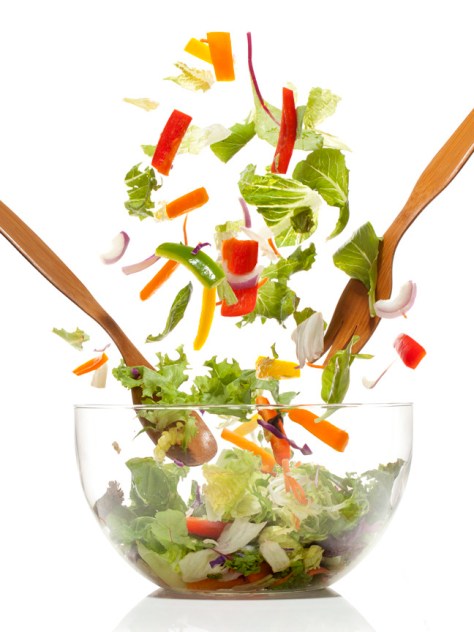

Traditional – an expected still life – but still has clear shapes and lines
Some good tips here http://digital-photography-school.com/food-photography-an-introduction
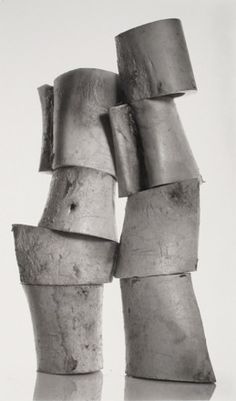

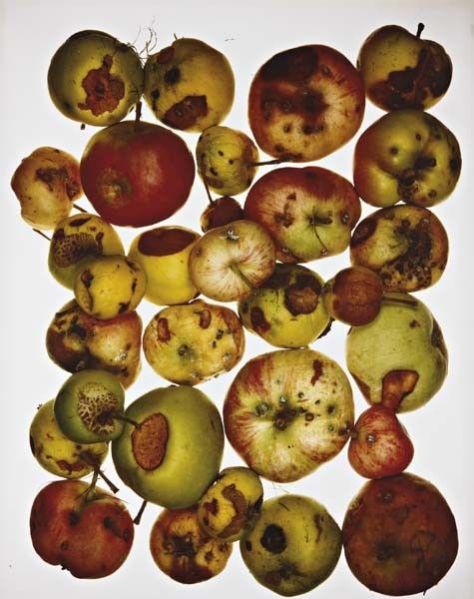

I have always enjoyed how Irving Penn used food as an abstract element in images, using the shapes and colours…
Tom Woods – Landscapes

In my late teenage years I became interested in the content of a space which became the Open Eye Gallery in Liverpool… I have been a keen atendee ever since, even after moving away, as it has moved from space to space around the city. But more importantly it introduced me to the work of two photographers that truly engaged the zeitgeist of Merseyside in the tail end of the 20th Century Tom Wood and Martin Parr who would forever change how I viewed the world through a view finder.
Tom Wood the “Photie Man” is not as well known as Martin Parr , he doesn’t even have his own web site which is remarkable in this media age, but his work is increasingly being seen as important in the canon of British based photography. I have seen his work show up in several exhibitions in the past two years, notably images from “Men/Women” and am overjoyed at the news that previously unseen landscape work is to exhibited. I like the idea of being able to see what is a more personal body of work than his trademark images of the public.
Landscapes is at the MOSTYN gallery in Llandudno from the 18th Jan until 6th April and will run along side another project “The Biscuit Tin Photo Archive“
The Luminous Landscape
The Luminous Landscape is a site to dip in and out of for gear reviews, tutorials and of course stunning landscape photography. It’s a great study resource and a way to lose a rainy afternoon on-line but needs a wait between visits.
Strobist.com
Strobist.com blog is a fantastic resource for anyone using portable strobes (your camera flash guns or speedlights if you own a posher camera) as their primary light source, or wants to explore their creative use.
They maintain a fantastic beginners resource document called Lighting 101 which has now been updated and is available to download from this link.
The site is very US-centric in a lot of the products they advertise or recommend , but the basic knowledge base and contributed examples make up for this. The How-To’s of lighting layout and techniques are worth the effort and the numerous examples provide endless inspiration.

